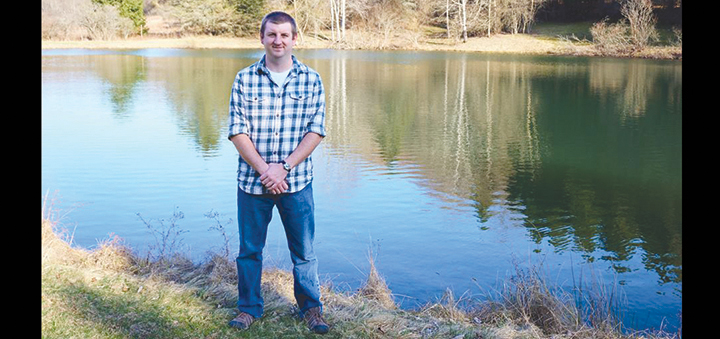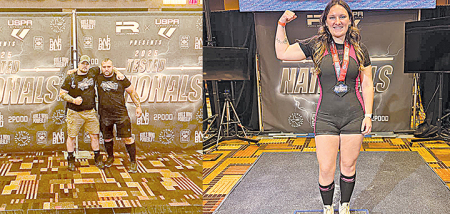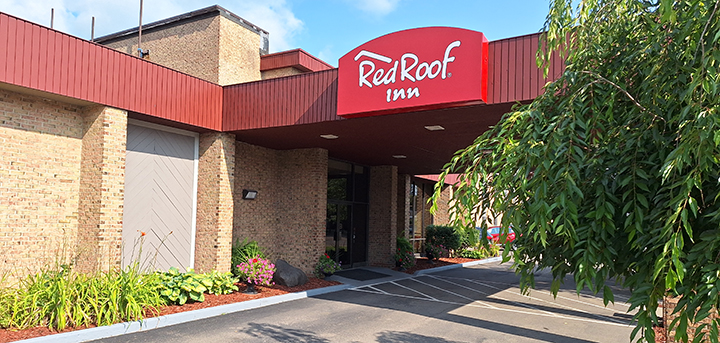Turkey Decoys
Published:
April 12th, 2023
By:
Eric Davis

On April 1, I was part of Safety Day for the Chenango County Youth Turkey Hunt at the Oxford Rod and Gun Club. Part of Safety Day is a presentation by ECO Brett Armstrong about turkey hunting techniques and safety while hunting.
When discussing the various equipment hunters use for turkey hunting, decoys came up. One mentor spoke up and said that they have never harvested a turkey using a decoy while another chimed in saying they shoot almost every turkey using decoys. Knowing what decoy to use and how to set it can minimize the chances of a negative interaction with a turkey.
Hen decoys come in a few body positions including feeding, alert, and breeding. A feeding hen decoy gives the impression that everything is safe.
Turkeys are always on the lookout for danger, so if a hen is feeding it means that she is content and feels secure enough to feed. An alert, or upright, hen decoy is visible from a greater distance than a feeding or breeding hen but can give the impression that the hen is looking at a potential threat or another turkey. A breeding hen decoy imitates a hen that is ready to breed and is in the breeding position. The breeding hen often is used in combination with a jake or tom decoy.
Using multiple hen decoys can entice a tom to come in and check them out because the odds that one of them would be willing to breed with him.
Decoys that imitate jakes or toms have come a long way from when I started hunting about 20 years ago. Using a jake or tom decoy imitates a male intruding into a tom’s territory to try to breed any hens. Jake decoys have started to come in various poses just like hen decoys.
A standard jake decoy would be the least aggressive option. The next step up in aggression would be a quarter-strut, followed by a half-strut, and the full strut decoy would be the most aggressive decoy option. While most of the time when a tom encounters a jake, he is going to try to run it off or fight it. However, as the jakes are chased off, they will form their own group and can beat up a tom as a group. So, a tom could react negatively to a jake decoy if they have been beat up by a pack of jakes. Full strut decoys are the biggest risk to use but can have phenomenal results if used in the right situation. If a tom is subdominant (not the most dominant), they are afraid of the dominant bird and seeing a strutting bird makes them head the other direction to avoid getting their butt kicked.
However, if a tom is dominant and it sees a potential intruder it will come running in to fight for the position of the dominant bird. Or if there is a bachelor group of toms, seeing an intruder will cause them to come and use their numbers to their advantage.
If using a male decoy, pay attention to where you have it facing. As a tom approaches the decoy to try to fight it, he will come up to it face-to-face to attack it. I like to have the male decoy facing towards me slightly off to one side at an angle. This is very critical if you are trying to harvest a turkey with archery equipment. With the tom facing away you can get away with making more movement.
As a cautionary note, be careful when using these realistic decoys. Remember that when turkey hunting and you see another hunter to not move and to speak in a loud voice to let them know you are there. With opening day occurring on a weekend this year, anticipate more hunters to be in the field and use caution.
Author: Eric Davis - More From This Author
Comments










